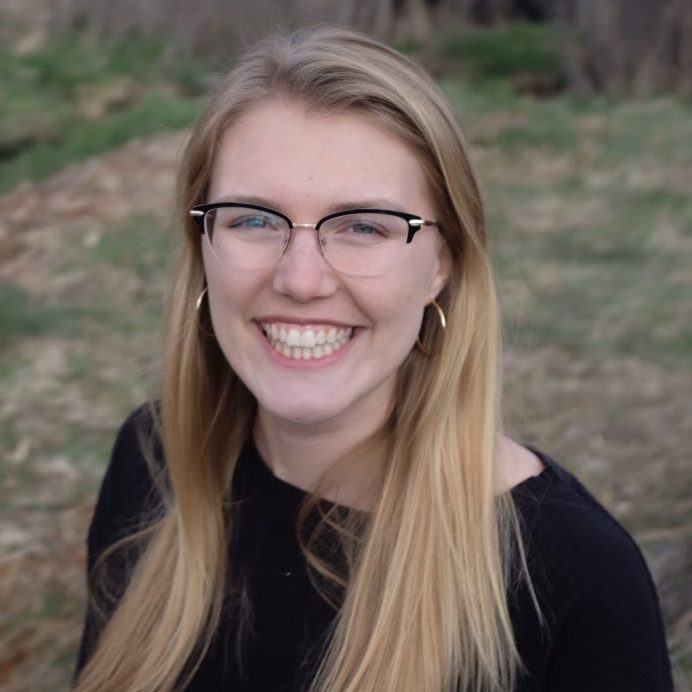
My career path shifted at the beginning of 2021 when I became a full-time scrum master. I knew right away that to be the best scrum master I could be, I’d need to do continuous professional development.
One disadvantage I noticed right away was that I‘d only seen Agile, Scrum, and SAFe® in action in the context of one, unique, midsize organization. To be more well-rounded in my abilities to lead and coach, I needed to experience companies of different sizes, within different industries, and with a different company culture to see how these principles and practices played out—as well as how their SAFe transformation took shape. The more that I saw, the less I would view my company, my teams’, and my own routines as the only perspective. The more I saw, the more I could view innovation as possible because it worked over there.
That’s when the idea came to me to be my own hero and think of something tailored to my professional development needs. With support from my leaders and peers, I created a Scrum Master Exchange Program. I invited interested scrum masters from Scaled Agile and from Travelport, and we paired and connected. From there, pairs self-organized and scheduled several sessions.
- Introduction—in this session, pairs introduced themselves and shared their professional background, strengths, weaknesses, and goals. They also talked about their current context: their company, their teams, a typical day/iteration, current conflicts, and recent successes.
- Shadow—in these sessions, one scrum master silently sat in on the other’s scrum events or even parts of their ART’s PI planning events. The silent scrum master noted group dynamics, facilitation techniques, or anything interesting.
- Debrief—pairs scheduled debrief seasons soon after shadow sessions to share observations, relay positive and constructive feedback, and ask questions.
We closed the program with a retrospective for all participants and a summary email to participants and their people managers.
What I Learned
So, how did it go? When we came together to review the program and its benefits, we all agreed that the new perspectives, experiences, and what we learned were things we deeply valued. Connecting with our partners and problem solving together was empowering and often resulted in us taking action toward solving our challenges.
For me personally, as a new scrum master, I gained confidence in my knowledge and abilities. While my partner was extremely experienced, I could empathize with her problems. And I could even inspire her to consider something new, which made me feel competent and affirmed.
I took away a new mindset, now pursuing more simple, effective, and tried-and-true methods, focusing on the purpose. For example, I would get really creative with my iteration retrospectives, but they could be time-consuming to ideate and build, and the results easily became disorganized. My partner had a very simple, organized, centrally located method and kept things predictable. Though mine still isn’t perfect, I continue to take steps to bring my style a bit closer to hers (I can’t abandon all flair!).
Last but not least, I was further reminded that my professional development, my teams’ development, and my company’s development is a journey. I know what you’re thinking: “How cliché.” But the truth is, you can’t do everything, so you might as well do something. By maintaining a relentless improvement mindset and taking small steps, both you and your teams can get better.
Key Takeaways
Was the exchange program perfect? No. But we all met someone new in our same role and got a peek behind the curtain at their respective organizations. And, if we decide to implement the program again, we know how to improve it. I’m proud of the fact that I noticed a hole in my professional development and took action, learned a ton, and brought some of my peers with me along the way. I’d call that a successful experiment.
I’d strongly encourage you to try out an exchange in whatever role you have. Here’s how:
- Float the idea with your peers to find people to join you.
- Reach out to your networks, your coworkers’ networks, and your company’s networks to select a potential organization with which to work.
- Pitch the idea, gain buy-in, and connect with legal for any necessary paperwork.
- Finalize the participant lists, pair them up, and send them off.
- Don’t forget to run a retro and spot ways to improve.
Let us know how it goes!
About Emma Ropski

Emma is a Certified SAFe 5 Program Consultant and scrum master at Scaled Agile, Inc. As a lifelong learner and teacher, she loves to illustrate, clarify, and simplify to keep all teammates and SAFe students engaged. Connect with Emma on LinkedIn.
Share:
Back to: All Blog Posts
Next: Aligning Global Teams Through Agile Program Management: A Case Study